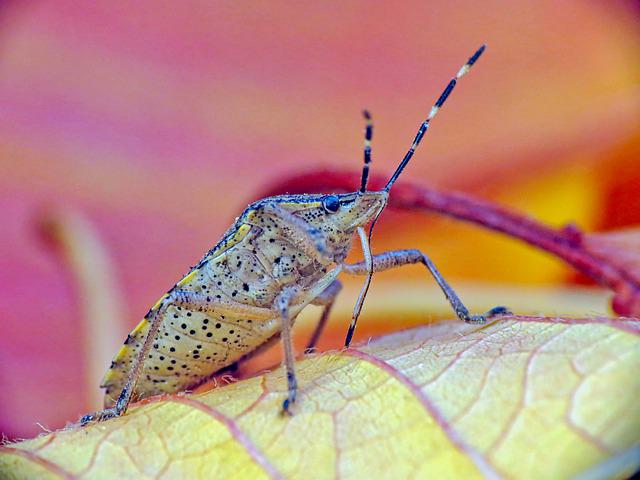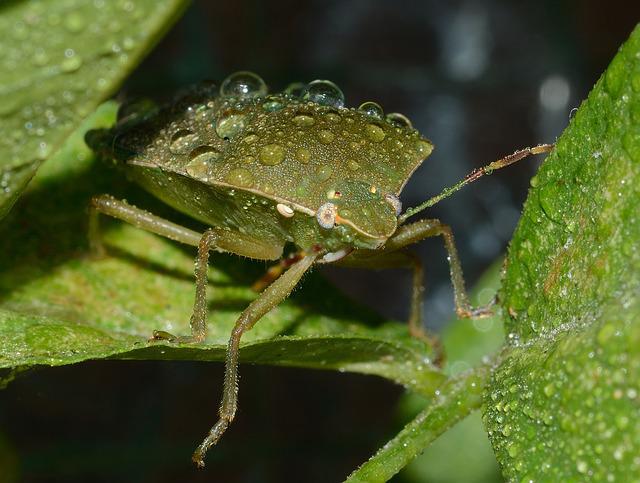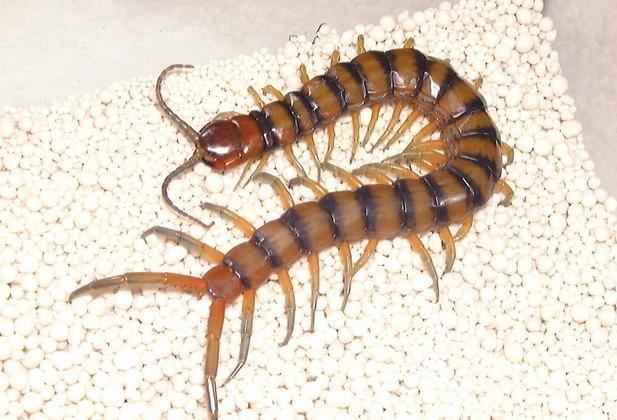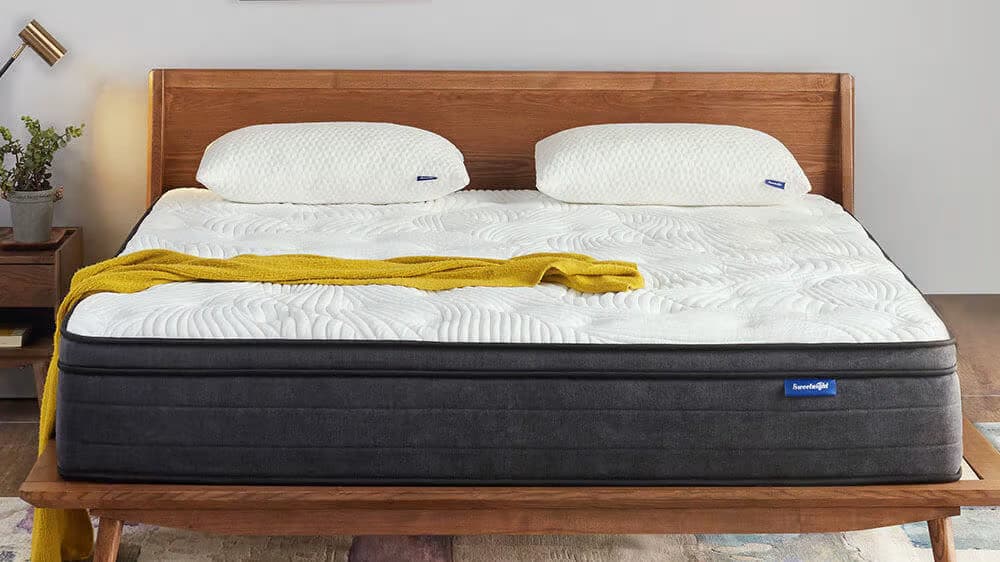What Attracts Bed Bugs? Already Solved

What attracts bed bugs? As they infest homes, hotels, and dorms all across the world, bed bugs are no longer seen as a minor problem. As bed bugs proliferate, more people are concerned about them and want to understand what leads to an infestation.
Table of Contents
Bed Bugs Eat What?
For survival, bed bugs must drink warm-blooded animal blood. Bed bugs typically consume human blood, though they occasionally prey on animals.
It makes sense that bed bugs would be drawn to you since they feed on warm-blooded animals. Specifically, your body heat, the carbon dioxide you exhale, and other biological signatures attract them. In actuality, they are called bed bugs because they are frequently discovered on or near bedding. For bed bugs waiting for you to fall asleep so they can have a nice warm blood meal, cracks and crevices in box springs, headboards, and bed frames make cozy homes.
It’s crucial to remember, though, that bed bugs can also be found outside of the bedroom. Additionally, they will eat at any time of day or night. They’re not so much waiting for you to fall asleep as they are killing time until you stop moving. As a result, bed bugs can bite you at any time or place, including a movie theater, a cab, or a bus or train.
What Attracts Bed Bugs?
CO2
The first and possibly most significant sign of a bed bug is breathing. There are 20 in the air we breathe.95% oxygen, and 0.04% carbon dioxide (CO2). When we exhale, everything reverses. Our body requires oxygen but not carbon dioxide. We also expel any extra carbon dioxide that we may have produced naturally or as a result of something we ate.
It is a normal by-product of cellular respiration. As a byproduct of their activity, cells generate CO2 while using oxygen to function. And we need to get rid of it because failing to do so could have detrimental effects on our health. All of this means that the amount of carbon dioxide in the air we breathe is between 4% and 5%.
To be able to recognize this extra CO2 in the air around us, bed bugs have developed special senses. This isn’t specific to bed bugs; most parasitic insects are drawn to CO2 because it’s so helpful for identifying a living host (since what else produces such comparatively large amounts of carbon dioxide?)
According to a paper published in the scholarly journal Molecules and Cells, they may have developed this ability because the environments where insects live frequently become CO2-saturated. A great example is termite nests, where the air is trapped and circulated several times, causing the CO2 level to rise to 15%. Bedbugs retain this ability and use it to locate you at night.
Untidiness
In the developed world over the past 100 years, bed bugs have gradually disappeared. DDT and other pesticides, as well as generally better housekeeping techniques, were used to achieve this. This included more frequent bed changes and vacuuming. Overall, this indicated that bed bugs were nearly eliminated (if only!)
Unfortunately, this effort to get rid of these insects had a sort of unintended “side effect.” It was that people began to associate bed bugs with poor personal hygiene. This is a myth in and of itself.
A person who hasn’t taken a bath isn’t any more likely to attract bed bugs than someone who has. However, there is a sliver of truth to the assertion. Better housekeeping can stop bed bug infestations from starting and does stop them from getting worse. Examples include:
Vacuum cleaning. Using a vacuum cleaner, you can collect bed bugs. Although it can’t get rid of an infestation, this can control the population.
Changing bedding. Bed bugs prefer a quiet environment in which to breed and live. Bed bugs and their eggs can be eliminated by washing, changing, and airing out your bedding.
Tidying up from the floor. Unclothed things are unknown to bed bugs. If they see them on the floor, all they can think of is a nice place to spend the night. They even lay their eggs on the floor if you leave your clothes and other possessions there for a long enough period of time.
Therefore, a significant portion of the bed bugs in your home can be eliminated by maintaining a good level of housekeeping. In the long run, this makes infestations easier to eradicate by preventing them from getting worse.
Urine
There isn’t any clinical evidence that proves bed bugs are attracted to urine. There are, however, explanations as to why they might be.
First of all, just because something is messy or dirty doesn’t make bed bugs attracted to it. For instance, bed bugs are drawn to dirty laundry rather than dirty dishes because the latter smells more like their host.
The conclusion is that bed bugs won’t be drawn to a dirty mattress simply because it is dirty in the conventional sense.” The absence of any previous scientific research on the subject supports this. As a result, we are unable to say for sure whether it is true or not. Additional data, however, may support the possibility that it can.
Naturally, urine that gets inside a mattress cannot be removed. You already know that you require mattress protectors for this reason if you or someone you know struggles with incontinence. The mattress becomes soiled and doesn’t smell fresh after the urine evaporates or dries, but it undoubtedly leaves some chemical traces behind.

A study from a whole hundred years ago looked into the carbon dioxide content of urine. They discovered that depending on the urine’s pH, it is possible for significant amounts of carbon dioxide to be present in urine. The amount of carbon dioxide in urine decreased as it became more acidic.
Urine had a higher carbon dioxide content when it was more neutral or base. One of their subjects’ urine had a pH of 7.0 and contained 30% carbon dioxide. A vegetarian diet produced the most base urine, while a diet rich in meat, cheese, and eggs produced the most acidic urine and, as a result, the least amount of carbon dioxide.
However, this does not prove beyond a reasonable doubt whether urine can attract bed bugs or not. However, the carbon dioxide could potentially draw them to a host due to both its immediate evaporation and its long-term presence inside the mattress. See more about Early Bed Bug Stains On Sheets
Certain Colors
This might not have been something that would occur to you, but bed bugs have favorite colors. According to the Journal of Medical Entomology (entomology is the study of insects), bed bugs are attracted to red and black but try to avoid yellow, green and bright white. In a study, bed bugs were studied in a lab by researchers from the University of Florida to test the theory.
The bed bugs were placed in Petri dishes with some colored cards by the scientists. Over all the alternatives, they opted to gather around the red and black cards. The group reasoned that this was probably because bed bugs, which are red and black, like to cluster together. Interestingly enough, though, the scientists also found that:
Warm-blooded Organisms
Warm-blooded organisms are what bed bugs consume.
They are attracted to your body heat and carbon dioxide exhaled by you.
Body heat and carbon dioxide from warm-blooded animals attract bed bugs. Since we are motionless while we sleep, the carbon dioxide that we exhale surrounds our heads. As a result, although these bugs can bite on other exposed areas of the body, bed bug bites typically occur on the head and neck. A bed bug’s desire for a warm, comfortable bed is comparable to human desire. Bed bugs can sense our bodies’ heat and moisture from up to three feet away, which attracts them. Bed bugs must remain close to their source of food because they cannot jump or fly. They gather near beds for this reason—so they can eat while their host is dozing off and unobservant. They can tell a meal is nearby when they detect heat. The CDC states that bed bugs typically remain 8 feet or less from a sleeping human host, but some bed bugs have been observed to travel up to 100 feet during the night in search of a blood meal.
The Cracks In A Mattress Or Box Spring
The cracks in a mattress or box spring are the ideal place for bed bugs to live because they prefer warm climates.
Where do bed bugs hide? Since their next meal is nearby, they prefer to establish a cozy home in the cracks of a mattress or box spring. They prefer to gather in the vicinity of the bed, in crevices in a mattress or box spring, or in folds in bedding or an upholstered bed frame. Bed bugs like to stay close to their food source because they are attracted to the warmth we emit while sleeping. They gravitate toward black or red fabric and are drawn to sheets and bedding that are those colors. (Before, it was thought that bed bugs preferred red or black bedding because it resembled blood, but now it’s more likely that they prefer the protection that darker bedding provides.)
It is advised to use lighter-colored sheets and bedding, not only because bed bugs are less drawn to those hues but also because it is simpler to spot bed bugs when they are present. Bed bugs are not just found in and around the bed; they can also be found in other areas of the house, especially around the piping of mattresses, when they are not feeding.
Is Smell A Draw For Bed Bugs?
Are dirty clothes a draw for bed bugs? They certainly are, and it’s all because of your smell.
So, once you begin cleaning up, you might believe that the issue is finally starting to get under control. And you’re correct. However, a recent study by British researchers discovered that even when you’re not wearing it, dirty laundry still attracts bed bugs. The team at the University of Sheffield conducted two separate experiments to test their hypothesis.
To begin with, a group of people were made to wear clothing for only three hours in order to leave their scent on it. They then placed these garments in a tote bag. To serve as a control for their experiment, they also filled a different tote bag with clean clothes in a separate experiment. It would demonstrate that a little sweat and scent would have no impact if the bugs were drawn equally to both bags.
But to begin with, they were correct. They discovered that bags containing worn clothing had a twofold increased chance of harboring bed bugs. They also increased the amount of carbon dioxide in the space to see if that would have any impact. It caused the bed bugs to gather even more frequently on soiled clothing. It may have been related to host-seeking behavior, according to this.
This effectively means that you shouldn’t leave any dirty clothing or bedding on the floor next to your bed. It will serve as a gathering place for bed bugs. Aside from that, there’s a chance they might look for your dirty laundry in the hamper and use that as a jumping off point as well. They could easily invade other rooms from there.
How Can Bed Bug Bites Be Avoided?
Keeping bed bugs away from your home is much simpler than getting rid of an existing infestation. According to what bed bugs are attracted to, here is a list of things you can do to prevent bed bugs.
- At home, it’s crucial to have properly ventilated spaces. Avoid adding plants to a space as well because they can affect the amount of oxygen and carbon dioxide there!
- Light colors for your bed sheets, such as white, green, and yellow, not only help to freshen and brighten the space but also lessen its appeal to these voracious bed bugs.
- Use a quilt or blanket to conceal any exposed skin. You’ll avoid becoming a target right away in this manner.
- regular hot-temperature washing and drying of blankets, pillowcases, and sheets. High temperatures between 117 and 120 fahrenheit are dangerous for bed bugs.
- Treat your dirty laundry with care, especially any that you bring back from a trip. After a trip, keeping your dirty clothes in a sealed bag or plastic will help you avoid bringing bedbugs home with you.
Conclusion
Warm temperatures, CO2 from breathing, and messiness all attract bed bugs. They have a higher chance of locating protected harbors and nesting sites when there is clutter around.
They are drawn to a variety of other things as well, including some unexpected explanations that are supported by evidence. There are some widespread, incorrect myths about bed bugs that you’ve probably heard.



















![Silk & Snow Hybrid Mattress Review Should You Buy It Or Not [2022]](https://www.myspacebeds.com/wp-content/uploads/2022/11/Silk-Snow-Hybrid-Mattress-Review-Should-You-Buy-It-Or-Not-2022-520x293.jpg)
![Serta Arctic Mattress Reviews In 2022 [Updated] Should You Buy It Or Not](https://www.myspacebeds.com/wp-content/uploads/2022/09/Serta-Arctic-Mattress-Reviews-In-2022-Updated-Should-You-Buy-It-Or-Not-2.jpg)
